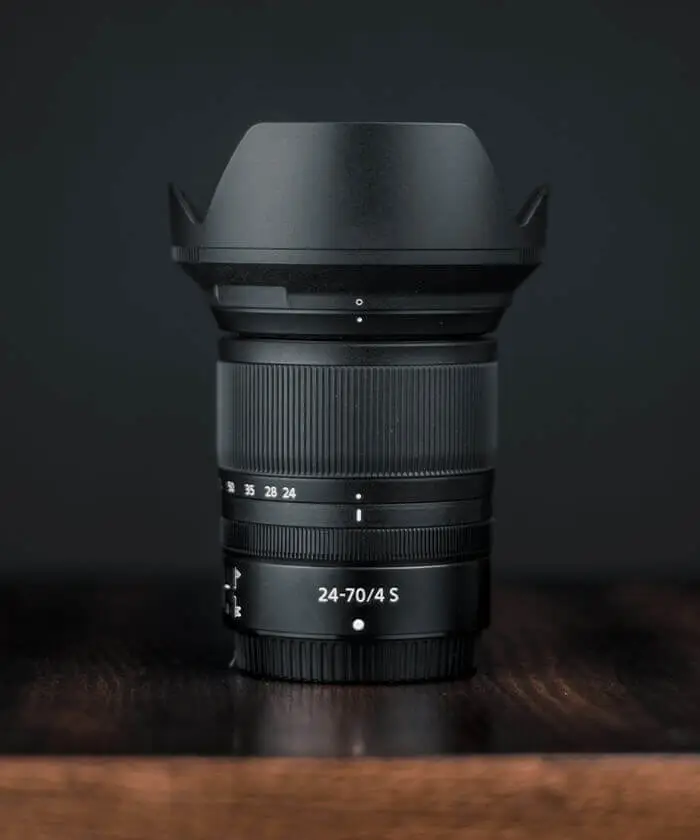Panorama Photography | Virtual Tour
Photo & Design Studio
Photography Studio
Panorama is referred to any type of photograph containing of a wide view. In 19th century when panorama was invented, the only way of building a panorama was piecing pictures together. In 1851 Martin Behrman took a few pictures of Rickon hill in San Francisco. It’s been said that the number of these pictures were 11 at first. Through these attached pictures we could have a whole view of hill so panorama was created this way
PANORAMA IS A TYPE OF PICTURE WHICH COVERS WIDER SPACE THAN REGULAR PICTURES DO AND IS OBTAINED BY PIECING TOGETHER (PLACING SIDE BY SIDE) SEVERAL REGULAR PICTURES.
Exploring New Dimensions:
The Power of Virtual Tours and 360-Degree Photography
In an era driven by digital experiences and immersive storytelling, virtual tours and 360-degree photography have emerged as groundbreaking tools for both businesses and individuals alike. These technologies have redefined the way we explore, learn, and engage with the world around us. In this article, we delve into the exciting realm of virtual tours and 360-degree photography, exploring their significance and the myriad possibilities they offer.
A 360-Degree View of the World
360-degree photography, also known as panoramic photography, captures an entire scene in all directions, allowing viewers to navigate and explore the environment as if they were physically present. The result is a seamless, interactive image that provides a complete view of the surroundings. This technology has transformed the way we document, share, and experience spaces.
Virtual Tours: A Journey Without Boundaries
Virtual tours take 360-degree photography to the next level by enabling users to navigate through a series of interconnected panoramic images. These tours offer an immersive experience that simulates being physically present in a location, whether it's a historic site, a museum, a real estate property, or a business showroom. Users can move through the space, zoom in on details, and explore at their own pace, creating a sense of autonomy and engagement.
Applications Across Industries
The applications of virtual tours and 360-degree photography span across a multitude of industries, revolutionizing how businesses connect with their audiences and customers.
- Real Estate:
Virtual tours have become a game-changer in the real estate industry. Potential buyers can explore properties online, saving time and effort in visiting multiple locations. It offers a realistic and immersive experience, making it easier for clients to envision themselves in a prospective home.
- Tourism and Hospitality:
Travel enthusiasts can take virtual journeys to destinations worldwide, helping them plan their trips with greater insight. Hotels and resorts use virtual tours to showcase their accommodations, amenities, and breathtaking views, enticing potential guests.
- Education:
Educational institutions leverage virtual tours to provide students with virtual campus visits. Museums, historical sites, and cultural institutions use them to enhance learning experiences.
- Retail:
Online retailers use 360-degree photography to showcase products from every angle, providing shoppers with a closer look at what they're buying. This reduces uncertainty and increases consumer confidence.
- Architecture and Construction:
Architects and builders use virtual tours to present their design concepts to clients, allowing them to explore the proposed spaces before construction begins.
- Healthcare:
Hospitals and healthcare facilities create virtual tours to help patients familiarize themselves with the layout and services, reducing anxiety before visits or procedures.
Benefits Beyond Borders
The benefits of virtual tours and 360-degree photography extend beyond their respective industries:
- Enhanced Engagement:
Interactive experiences captivate and engage viewers, making them more likely to spend time exploring and absorbing information.
- Increased Conversion Rates:
Businesses report higher conversion rates when using virtual tours and 360-degree photography in marketing. Real estate listings with virtual tours, for example, tend to receive more inquiries.
- Cost and Time Savings:
Virtual tours save time and resources by eliminating the need for physical visits or extensive travel.
- Global Reach:
These technologies transcend geographical boundaries, allowing people worldwide to access and explore places and spaces they might otherwise never experience.
Virtual tours and 360-degree photography have redefined the way we interact with our environment, offering immersive and engaging experiences across various sectors. They empower businesses and individuals to showcase their spaces and stories, fostering deeper connections with audiences and customers. As technology continues to advance, the possibilities for these immersive experiences are limitless, promising a future where exploration knows no bounds.







